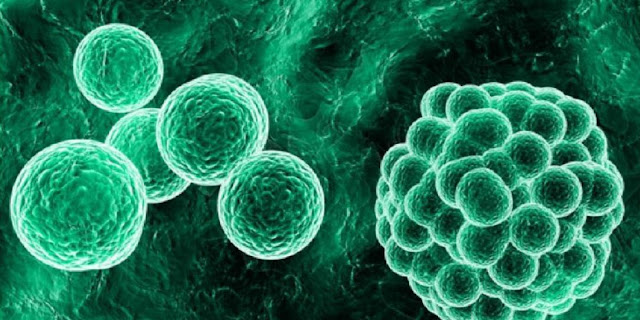3D cell culture allow researchers to study and investigate wide range of diseases and possible treatment
A
3D cell culture is basically an artificial environment where biological cells
are allowed to grow or interact naturally in all three dimensions, similar to
how they do in vivo. Unlike 2D cultures, a 3D culture allows living cells in
vitro to adopt all possible growth directions, much like how they would in the
real world. This is ideal for treating diseases that involve multiple organ
systems. In medicine, this is known as organo-evolution. Here are some
advantages of 3D cell cultures:
Unlike
before, it is now possible to culture different kinds of cells such as blood,
sperm, and stem cells in vitro. This was made possible by the introduction of
new equipment called the culture chamber, which is used to manipulate cells in
culture. Before, only two types of cells were possible to culture, monoclonal
(which are typically the type found in bodily tissue) and plating (which are
typically found in muscle and blood cells).
The
Global
3D Cell Culture Market is estimated to be valued at US$ 2,604.3 million
in 2020 and is expected to exhibit a CAGR of 23.4% during the forecast period
(2020-2027).
In
addition, the 3D cell culture can be controlled, making it more useful. For
instance, researchers can use different types of media on different cells at
the same time; this can help them investigate cell culture in more detail. It
is also possible to determine the concentration and type of essential nutrients
in cells. The most advanced 3D
cell culture systems allow researchers to examine cells up to two days
after they were cultured in culture media. There are a lot of benefits of using
cell cultures. The quality of cells and the culture process can be manipulated
to study any kind of disease. In addition, it provides the possibility to
explore many aspects of medical science in an easy and quick way. It is also
possible to have a high quality of culture so that researchers can study a wide
range of diseases and conditions.




Comments
Post a Comment